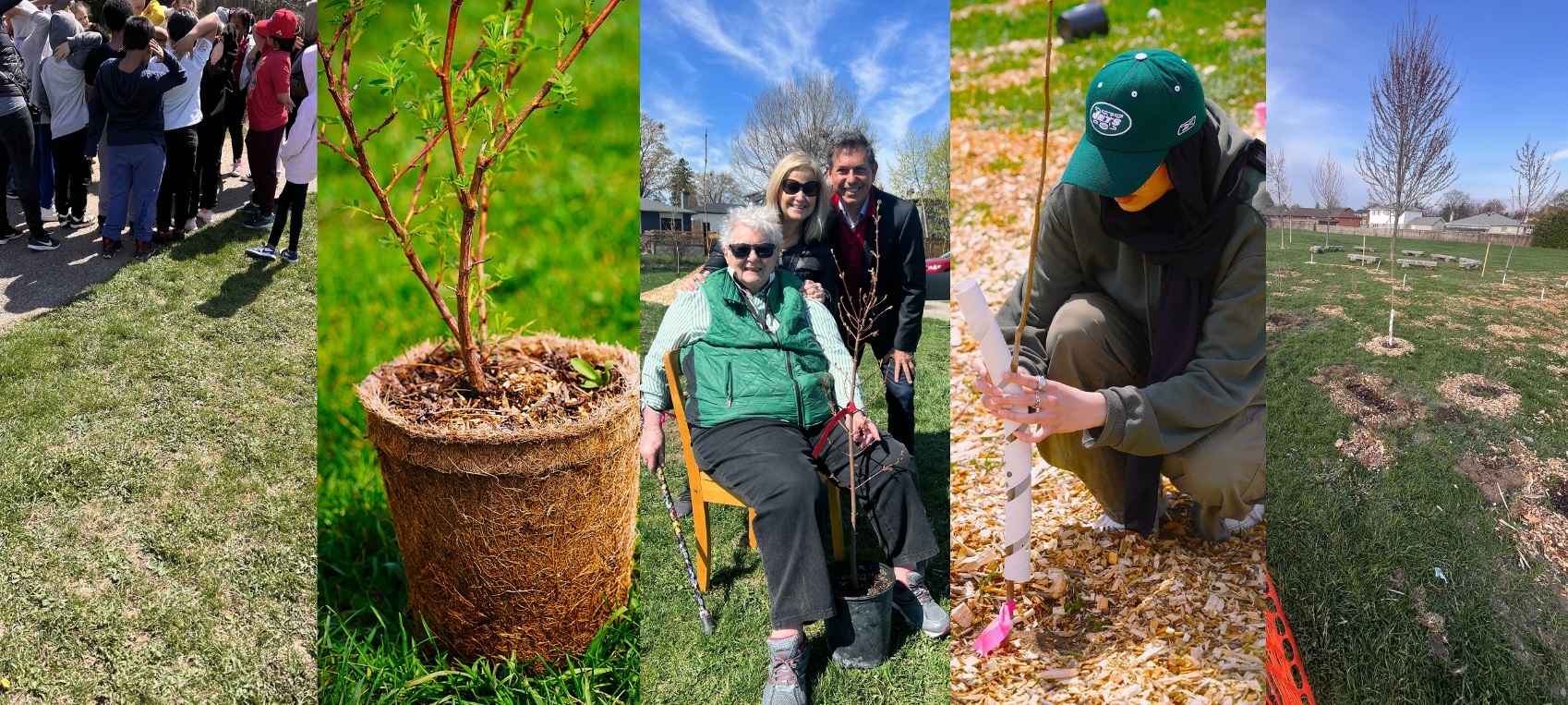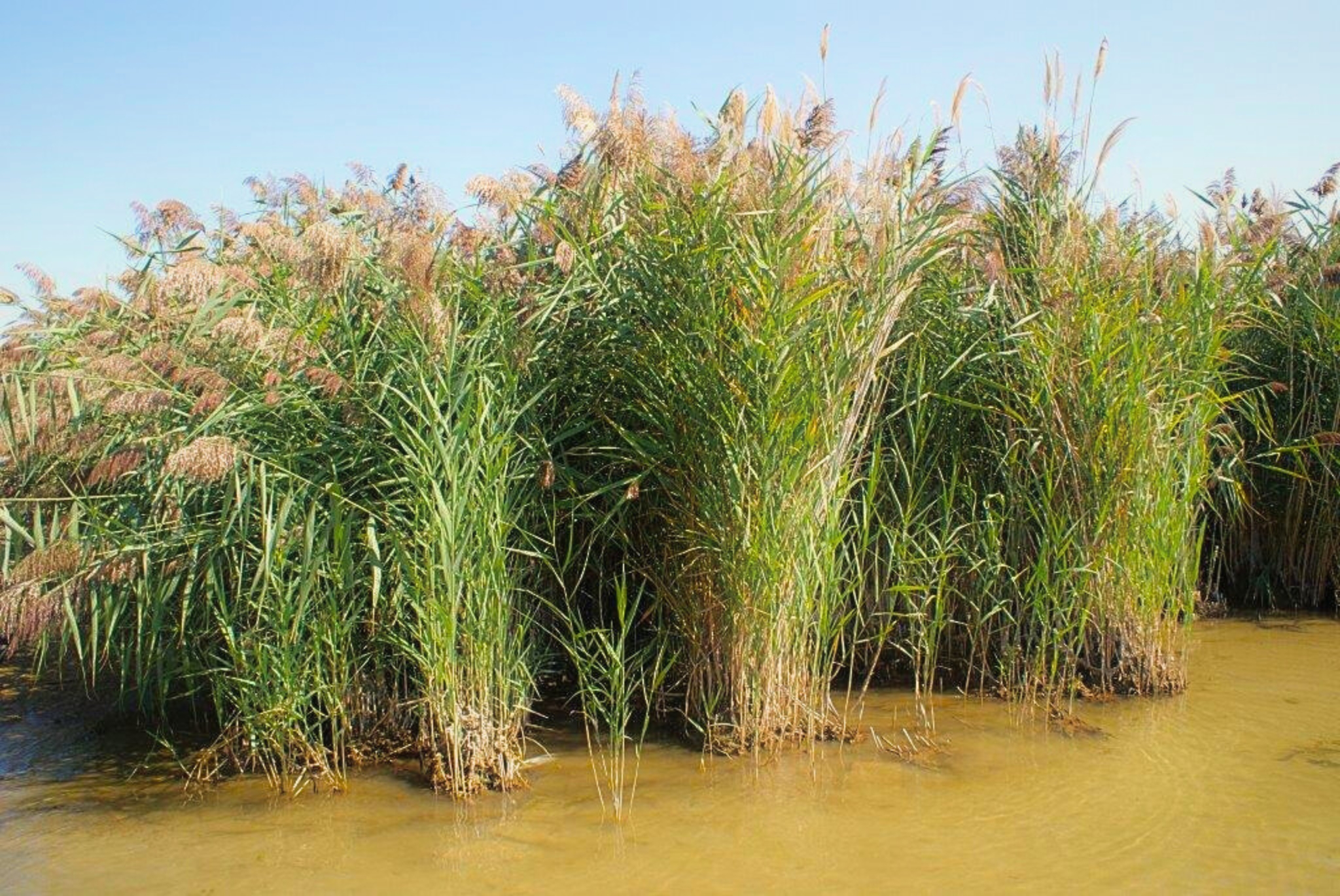For many of us, it is the first snowfall that marks the true arrival of winter. The delicate and beautiful snowflakes add brightness to the colder, shorter days of the season, and bring on a host of winter activities and sports – think tobogganing, skating, skiing, snowshoeing, or simply taking a walk in a winter wonderland. And, snowflakes truly are amazing! Read on to discover how they are formed, where and when they take shape and how science and geography play a role in the ART of the snowflake!

How do snowflakes form? A snowflake is born when a cold water droplet freezes onto a pollen, dust or mineral particle in the air to form a six-sided ice crystal. Because the young ice crystal is heavier than air, it begins to fall to the ground and, as it descends, cold water vapour freezes onto it adding new crystals – the six arms of the snowflake!
How does geography fit in? Low temperatures and humidity are the two key factors in predicting snowfall and both are impacted by geography! Snow is most common at high altitudes and high latitudes and is especially likely to occur in the mountainous regions of the Northern and Southern hemispheres. Other geographical features also play a role. For example, large lakes can produce localized heavy “lake-effect” snow when cold, dry air picks up heat and moisture as it passes over the relatively warm lake water. The kind of snow (wet vs dry, density etc.) is also influenced by geography; for example, differences in elevation, vegetation, proximity to large bodies of water and prevailing wind patterns all play a role.
What’s the science? All snowflakes have six sides and it is this basic shape that is behind the beautiful ART of the snowflake. To understand the science behind this you just need to remember the periodic table of elements and the basic chemistry of oxygen (O) and hydrogen (H), the two atoms that make up a water molecule. Oxygen is always searching for two electrons to form a stable outer shell of eight and hydrogen needs one electron to achieve a stable outer shell of two. When two H’s and one O find each other, they share electrons through covalent bonding forming a water molecule – H2O. Chemical MAGIC!
When the water molecule forms the atoms arrange themselves with an H-O-H angle of 104.5o so that the four electron pairs are as far apart as possible to minimize repulsive forces. This results in a dipolar molecule with the hydrogen end having a partial positive charge and the oxygen end having a partial negative charge. This polarity attracts water molecules to each other through an interaction known as hydrogen bonding (which is also why water is such a great solvent!). In liquid form, this attraction is fleeting, with bonds constantly made and then broken, due to the high kinetic energy of the water molecules. Once water freezes, however, this energy decreases and the molecules form into stable hexagonal ice crystal structures to (you guessed it!) again maximize hydrogen bonding and minimize repulsive forces. Under the right atmospheric conditions, these ice crystals will join together to become snowflakes.
Fun fact: in solid form water molecules are pushed farther apart compared to water’s liquid form which is why ice is less dense than water, as in your floating ice cube! This phenomenon is unique to water – other liquids become denser when they freeze. Our lakes, ponds and arctic waters depend on this “density anomaly” of water. The ice cover in the winter acts as a protective barrier that allows life to go on beneath. Then, during the spring “turnover” the ice melts and, when the surface water warms to 4oC, it becomes denser than the water below and it sinks. As it sinks, deeper, cooler water rises to the top. This “mixing” process also replenishes oxygen and nutrients, essential for aquatic life. What an amazing example of the interconnectedness of life, chemistry and the environment!
Where do all the different shapes and sizes come from? The key factors here are:
- Temperature – at just below 0oC, we see mostly plates and stars but as it gets colder we see more needles and columns (around -5 oC), then plates and stars again (around-15 oC) and then a combination of plates and columns when it is really cold (around -25 oC).
- Humidity – when the humidity is low, snowflakes tend to have simpler shapes while at higher humidity their shapes become more complex.
- The rate of formation – slower formation leads to more regular shapes with smoother edges while faster formation leads to more irregular shapes with jagged edges.
Discover the magic of snowflakes for yourself: get outdoors during the next snowfall with a dark cloth and a strong magnifying glass to find your own ART in the falling snow!
Alice Casselman, February 2025







